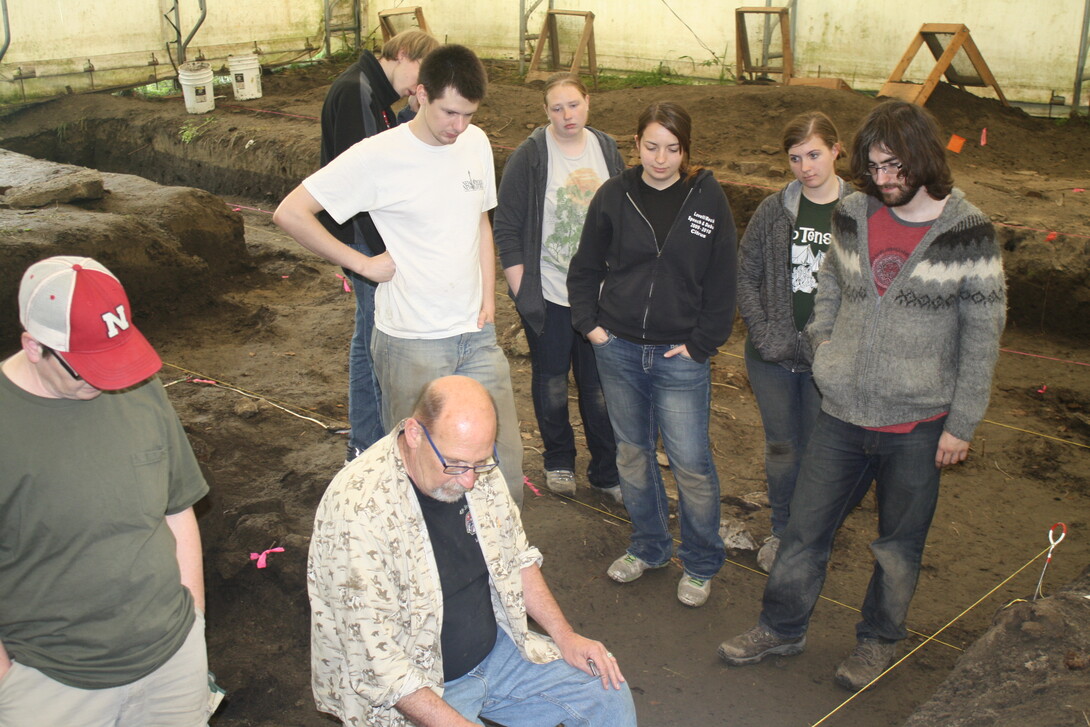
University of Nebraska-Lincoln students in this year’s archaeological field school worked with some of the region’s top archaeologists and learned how to convey their knowledge to the public.
The annual Summer Field School in Archaeology, which concludes this week, featured the opportunity for students to work with three historical organizations, said LuAnn Wandsnider, chair of the department of anthropology.
Since May 18, students have worked with the Nebraska State Historical Society, the National Park Service Midwest Archaeological Center and the USDA Grasslands Visitor Center – partnerships that have taken students into the field in Nebraska, South Dakota and Minnesota.
Along the way, students learned technical and pragmatic aspects of finding, documenting, conserving, analyzing, interpreting and presenting artifacts.
While working with the Nebraska State Historical Society, students visited Engineer Cantonment near the Missouri River north of Omaha. The site was the 1819-1820 winter quarters of the Long Expedition, a military-scientific expedition responsible for the first biodiversity study of the Great Plains. The site was flooded in 2011, so field school students worked to assess damage, stabilize damaged deposits and collect new information.
”I love the thinking about the kinds of items we are finding – pipe stems and bowls, metal fittings, hearths and structure walls – and what these items tell us about the ‘invisible’ people who supported the scientists and the military,” student Amy Sobotka said.
Students honed public-relations skills during their time with the USDA National Grasslands Center by helping document homesteads and the Sidney-Deadwood trail, collecting oral histories, and experimenting with technologies used to render 3-D models of homestead artifacts and structures. They also hosted “Artifacts Roadshows” in several cities where the public was invited to bring artifacts to be identified and documented.
During the final weeks of the field school, students worked at two sites with the National Park Service: Wind Cave National Park in South Dakota and Grand Portage National Monument in Minnesota.
Work at Wind Cave involved conducting a pedestrian inventory of remote areas that were added to the park in 2011. This process involved uncovering and identifying artifacts prior to the development of new trails and camping areas in the park. At Grand Portage, park service archaeologists are partnering with Grand Portage Band of the Ojibwe people to identify parts of the Grand Portage Village in need of protection as the park rehabilitates its landscape. Field school students helped this process.
Wandsnider said the partnerships have benefited students.
“To work with archaeologists from the State Historical Society, the USDA Visitors Center and the National Park Service represents an unprecedented opportunity for our students to see themselves doing the work of these archaeologists in five to 10 years,” she said.








